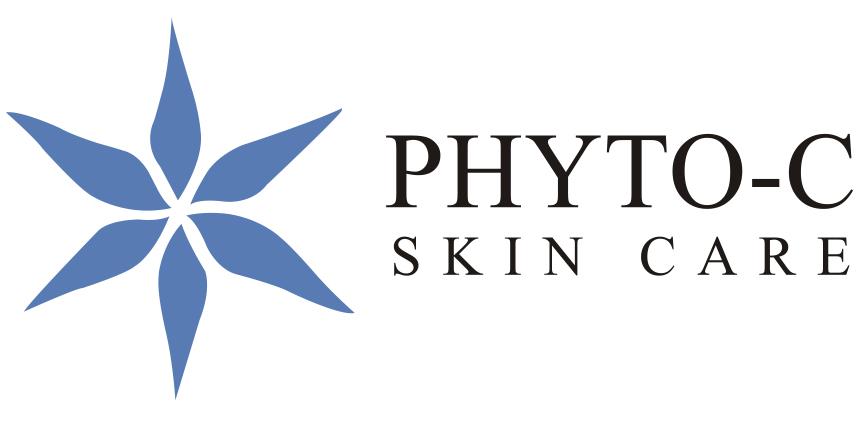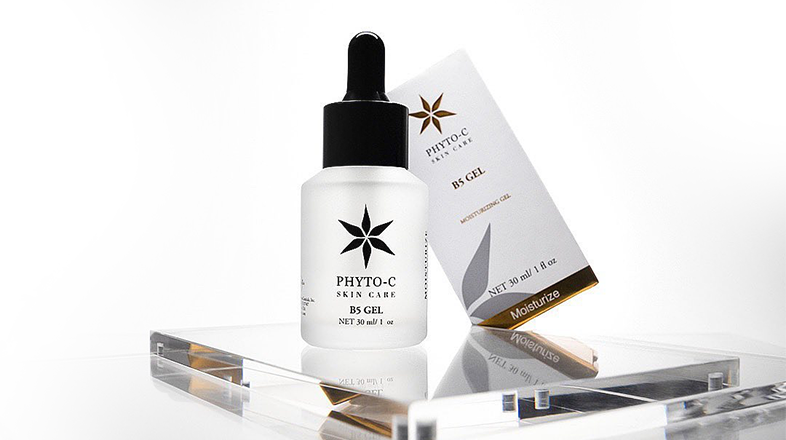While many brands market Tetrahexyldecyl Ascorbate (THDC) as a stable and effective vitamin C derivative, recent research published in the International Journal of Molecular Sciences suggests that it may not live up to these claims. (1)
Blog Summary (TLDR):
Vitamin C is a potent antioxidant that provides numerous benefits for the skin, but its instability led to the development of various derivatives, such as tetrahexyldecyl ascorbate (THDC). While THDC has gained popularity in skincare formulations due to its potential to penetrate the skin better than traditional vitamin C, recent research has shown that it may not be as stable as previously thought.
The study found that THDC has limited antioxidant capacity and degrades rapidly when exposed to common free radicals in the skin. Combining THDC with other antioxidants is required to mitigate the negative effects of THDC in skin. In summary, while many brands market THDC as a stable and effective vitamin C derivative, recent research suggests that it may not live up to these claims when used alone.
Unstable Vitamin C:
Vitamin C, also known as ascorbic acid, is a well-known antioxidant that has been widely studied for its potential benefits in skincare. It has been shown to correct photodamage, reduce the appearance of fine lines and wrinkles, even out skin tone, and boost collagen production. Despite its numerous benefits, delivering vitamin C effectively into the skin has been a challenge for many skincare brands due to its instability and their inability to properly formulate a stable vitamin C serum.
When exposed to air, light, and heat, vitamin C can quickly degrade, losing its potency and effectiveness. Additionally, the hydrophilic nature of vitamin C makes it difficult for the molecule to penetrate through the skin's lipophilic barrier, limiting its ability to reach the deeper layers of the skin.
Phyto-C Skin Care is the only brand to overcome this challenge without the use of ferulic acid or vitamin C derivatives such as THDC.
Phyto-C's vitamin C serums meet the three most crucial criteria for an effective vitamin C serum. Each formula contains pure L-ascorbic acid (the most bioavailable form of vitamin C) in an aqueous (water) base, ensuring optimal penetration into the skin. The serums are formulated with a pH below 3.5, which facilitates the protonation of vitamin C, further enhancing its absorption. Moreover, Phyto-C offers a range of concentrations from 10% to 20%, allowing users to choose the strength that best suits their skin's needs and tolerance.
This combination of factors makes Phyto-C's vitamin C serums highly effective in delivering the potent antioxidant benefits of vitamin C directly to the skin.
Vitamin C Derivatives:
To overcome these limitations, various vitamin C derivatives have been developed, such as ascorbyl palmitate, sodium ascorbyl phosphate, and tetrahexyldecyl ascorbate (THDC). These derivatives are designed to be more stable and lipophilic than traditional vitamin C, allowing for better penetration and delivery into the skin.
THDC, in particular, has gained popularity in skincare formulations due to its potential to penetrate the skin better than other vitamin C derivatives. It is an oil-soluble form of vitamin C that is composed of ascorbic acid attached to a long chain fatty alcohol, tetrahexyldecanol. This fat soluble molecule allows THDC to pass through the skin's barrier and deliver “vitamin C” into the deeper layers of the skin.
Vitamin C Derivatives Overpromise and Underdeliver:
A recent study conducted by Swindell et al., aimed to investigate the stability and effectiveness of THDC. The study demonstrated that THDC may not be as stable as previously thought. The study first evaluated the antioxidant capacity of THDC using various assays, including oxygen radical absorbance capacity (ORAC), hydroxyl radical scavenging capacity (HORAC), and singlet oxygen scavenging capacity (SOAC). The results showed that THDC had limited antioxidant capacity compared to other antioxidants tested.
Furthermore, the study investigated the degradation of THDC when exposed to singlet oxygen, a common free radical found in the skin. Singlet oxygen is generated by UV radiation and can cause oxidative damage to skin cells, leading to premature aging and other skin concerns. The researchers found that THDC degraded rapidly when exposed to singlet oxygen, with almost complete degradation occurring within 10 minutes.
THDC Requires Additional Antioxidant Support:
Further research aimed to investigate the stability and effectiveness of THDC, both alone and in combination with a stabilizing antioxidant, acetyl zingerone (AZ). Interestingly, researchers found that combining THDC with the stabilizing antioxidant could mitigate this degradation.
When THDC was combined with AZ in a 1:1 ratio, the degradation of THDC was significantly slowed, with only minimal degradation occurring after 10 minutes of exposure to singlet oxygen.
To further investigate the effects of THDC and AZ on skin health, the researchers conducted experiments using a 3D skin models. The skin models were treated with THDC alone, AZ alone, or a combination of THDC and AZ for 24 hours, and then analyzed for changes in gene expression.
|
Treatment with only THDC |
|
· THDC alone activates pro-inflammatory pathways linked to unhealthy skin. · Combination of THDC and AZ in a 1:1 ratio significantly slows THDC degradation. · THDC alone has no significant effect on collagen production. · THDC alone has limited inhibitory effects of MMP’s (enzymes that breakdown collagen) |
|
Treatment Combining THDC + AZ |
|
· AZ can mitigate THDC degradation in a 1:1 ratio. · AZ may mitigate negative effects of THDC on skin health. · AZ alone or in combination with THDC does not activate pro-inflammatory pathways. · AZ, alone or combined with THDC, significantly increases collagen production in adult fibroblasts. · AZ and THDC inhibit MMP enzymes. |
Conclusion:
These findings suggest THDC alone led to the activation of several pro-inflammatory pathways and may not be the most stable or effective form of vitamin C and may have negative effects on the skin. Its combination with stabilizing antioxidants like AZ are required for the skin benefits marketed by many brands.
As consumers become increasingly savvy about the ingredients in their skincare products, it is crucial for dermatologists and clinicians to stay up-to-date with the latest research about formulations that are both effective and backed by scientific evidence.
References:
Swindell WR, Randhawa M, Quijas G, Bojanowski K, Chaudhuri RK. Tetrahexyldecyl Ascorbate (THDC) Degrades Rapidly under Oxidative Stress but Can Be Stabilized by Acetyl Zingerone to Enhance Collagen Production and Antioxidant Effects. Int J Mol Sci. 2021 Aug 15;22(16):8756. doi: 10.3390/ijms22168756. PMID: 34445461; PMCID: PMC8395926.





